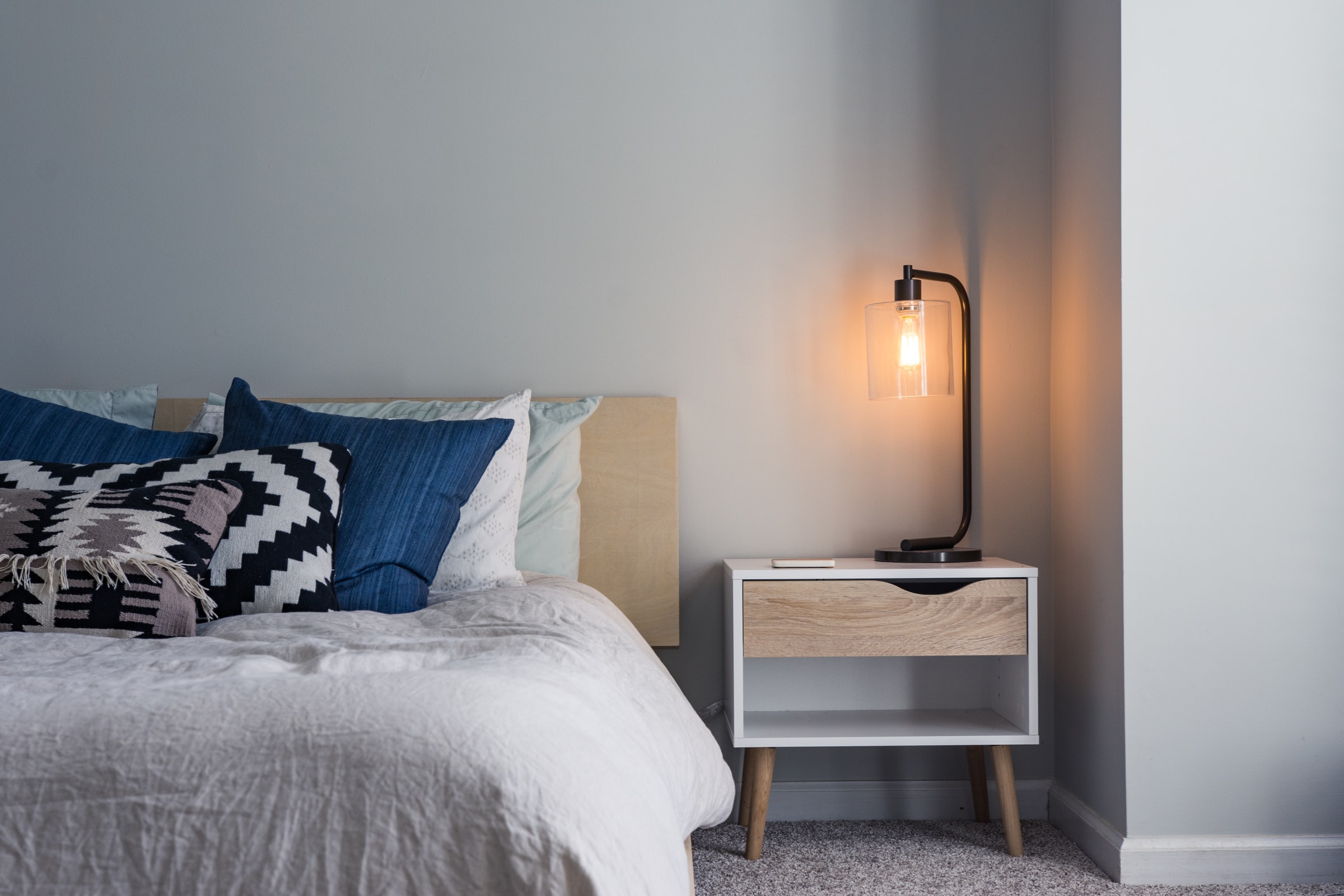Landlord Blog
Education and news for smart DIY landlords!
How To Plan Ahead For A New House

Buying or building a new home is one of the best experiences of being an adult. But if done without careful consideration, a homebuyer might end up regretting their purchase or expenses for construction. The same goes for real estate investors.
You should take time to know how you want your home to look inside and out. You must also consider the proximity of your home to necessities for convenience. Most importantly, make a proper budget plan or get your finances in order to avoid having no cash once the property is yours. Find out how to do them by reading on.
For buying an existing home
1. Know the bottom line of your dream home
How convenient do you want your home to be when it comes to providing for your needs or access to facilities? Determine the ideal distance of your home to schools, markets, groceries, parks, playgrounds, and the place of your work to save gas.
2. Check your credit status

Don’t browse listings if you haven’t got your finances in order yet. Since you’re most likely to loan to buy a home, you must first check your credit score. It might be in bad standing due to an unpaid bill or report inaccuracies. Fix them before talking to a lender.
3. Avoid huge spending before buying
Once your credit score tells you that you’re good to go for a mortgage, avoid buying expensive possessions that could reduce your savings or add to your getting debt.
4. Ready your paperwork
Before buying a property or getting a pre-approval letter for a loan, your lender will need to check your tax documents, bank statements, or bill receipts in order to determine if you’re good for a mortgage. Documents of your vehicular and property possessions will also be needed.
5. Calculate the monthly mortgage you can afford
The price of your monthly mortgage is crucial to determining how you will survive after buying the house. It’s best to choose ones with low interest rates so you’ll still have money to buy your wants and needs as well as pay for your bills and retirement savings.
For building a new home
1. Visualize your dream home
How do you want your home to feel like as you live in it? This is answered by the house’s size, the number of rooms, bathrooms, restrooms, the shape of the lot, size of the backyard, front lawn, floor measurements, and interior design.
2. Don’t finalize your floor plan without a furniture plan

You might have furniture from your old place or new ones in mind to buy that you’ll want to take with you into your planned home. These furniture sizes could take up a lot of space without proper floor area planning.
Determine first how large the furniture you’ll use in the bedrooms, living room, guest room, and kitchen so you’ll know how spacious the flooring each part of your home will have.
3. Determine what construction materials you’ll use
Like calculating your monthly mortgage, the materials needed for building your home affect how well you’ll live during and after the construction. Planning to use expensive materials will only cause you to spend a majority of your life savings making you end up with nothing for emergencies. You should also consider which contractor to employ.
4. Hire a designer
Once you have your construction plan and finances ready, it’s time to hire a building designer or architect that will design your home according to how you visualized it. If you plan to build a simple home, a civil engineer will do - provided that the professional has experience in building design.
5. Build a small yet better house

When building a new home, it’s best to start small, especially if you have no children yet or your offspring are leaving for college soon. This is because a huge home with a few occupants is harder to maintain, costs more for upkeep, and downsizing the house is a huge waste of money.
But just because your house is small doesn’t it should be cramped and unsafe. Make use of all the space up and down by including a good basement and an attic that could be lived in.
Budget planning is crucial when you’re buying or building a new home. You must make sure your projected total cost covers everything including all the paperwork needed for the transfer of title to the ownership.
